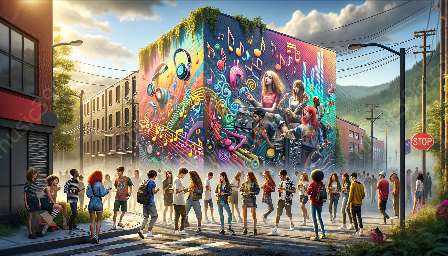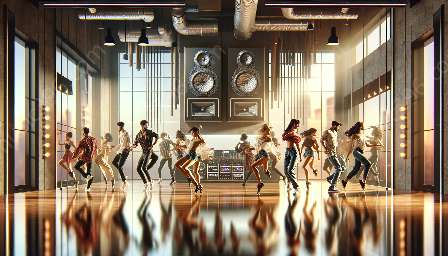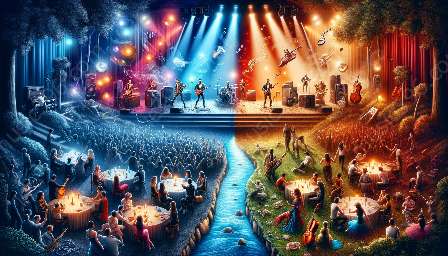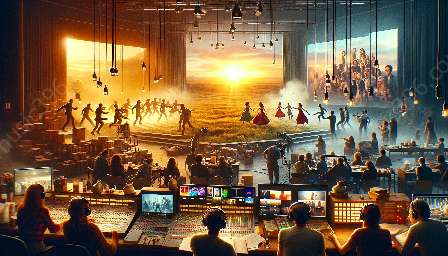Pop music and fashion have long been intertwined, shaping and reflecting cultural trends. The collaborations between pop music icons and fashion designers have offered profound insights into the influence of popular culture on style and self-expression. By exploring the historical connections between pop music and fashion, we can gain valuable lessons about contemporary culture and its evolution.
Iconic Moments and Trendsetting
The history of pop music and fashion collaborations is rife with iconic moments that have left an indelible mark on both industries. From the flamboyant and experimental styles of artists like David Bowie and Madonna to the streetwear influences of hip-hop culture, these collaborations have often set trends and pushed boundaries.
For instance, Michael Jackson's iconic red jacket in the music video for 'Thriller' not only became a symbol of the 1980s pop culture but also significantly impacted fashion trends at the time. Similarly, the punk movement of the 1970s, led by bands like the Sex Pistols, brought about a bold and rebellious fashion sense that permeated the mainstream and continues to influence contemporary style.
Fusion of Music and Style
Pop music and fashion collaborations have also demonstrated the power of fusing music with style to create memorable cultural moments. The emergence of subcultures and their distinct fashion identities, such as the mod, punk, and grunge movements, has been intrinsically linked to the music of their respective eras.
From the elegant and tailored looks associated with Motown artists to the grunge aesthetic popularized by bands like Nirvana in the 1990s, the fusion of music and style has underscored the evolution of contemporary culture. These collaborations serve as a testament to the symbiotic relationship between music and fashion, each influencing and shaping the other in a continuous cycle of creative expression.
Cultural Significance and Representation
Historical pop music and fashion collaborations have also been instrumental in challenging societal norms and amplifying underrepresented voices. The incorporation of diverse cultural influences, such as the global impact of reggae on fashion or the embrace of androgynous styles by artists like Prince, has expanded the boundaries of fashion and culture.
Contemporary culture can learn from these collaborations by recognizing the importance of inclusivity and representation. The intersections of pop music and fashion have often served as platforms for social and political commentary, reflecting the evolving values and perspectives of society at large.
Lessons for Contemporary Culture
From historical pop music and fashion collaborations, we can draw valuable lessons for understanding contemporary culture. The fluid nature of pop music and fashion, with their ability to adapt and transform with the times, mirrors the dynamism of modern society.
Moreover, the democratization of style, propelled by the accessibility of social media and the rise of influencer culture, echoes the shifts in contemporary culture towards individuality and personal expression. Understanding the historical underpinnings of pop music and fashion collaborations can provide insight into the current landscape of cultural exchange and the ongoing conversation between music, fashion, and society.
Influence on Identity and Expression
One of the most significant takeaways from historical pop music and fashion collaborations is the enduring impact on identity and self-expression. Pop culture has the power to shape individual and collective identities, and the fusion of music and fashion has played a pivotal role in this process.
Contemporary culture is marked by a celebration of diversity and individuality, reflecting the lessons learned from the historical collaborations between pop music and fashion. The acknowledgement of cultural hybridity and the celebration of diverse styles and voices have become central tenets of contemporary fashion and music scenes.
Conclusion
The historical collaborations between pop music and fashion offer a rich tapestry of lessons that resonate with contemporary culture. From setting trends and challenging norms to amplifying diverse voices and shaping identities, these collaborations have left an indelible mark on the cultural landscape.
By delving into the historical intersections of pop music and fashion, we can glean insights into the evolving relationship between art, style, and society. Understanding the lessons derived from these collaborations is essential for navigating the complex tapestry of contemporary culture and charting the course for its future evolution.























